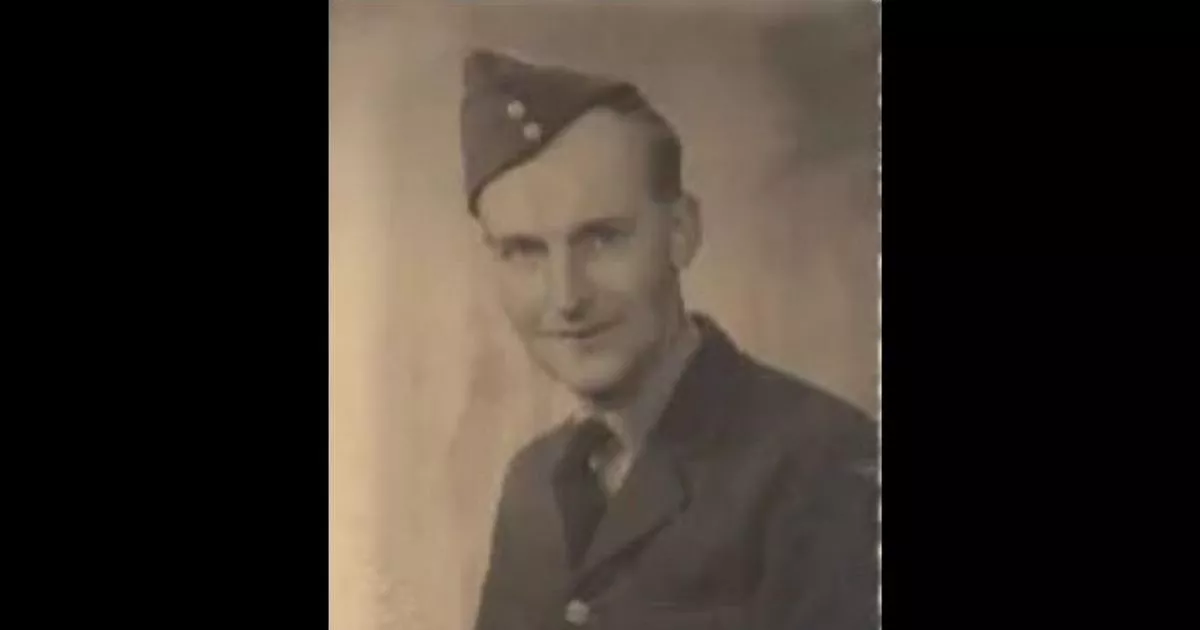‘You will know by this time that I am now in Germany, but I would rather be with you in Radcliffe’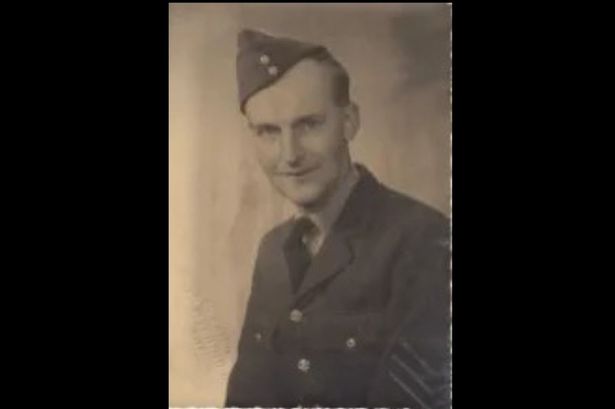 Jack Hilton, who served with the RAF(Image: Bury Council/Family)
Jack Hilton, who served with the RAF(Image: Bury Council/Family)
It’s the labour of love from a father at war for his little girl hundreds of miles away.
While most soldiers, sailors and airmen who fought for our freedoms in the Second World War wrote letters back home to their families or sent simple gifts, Jack Hilton hit upon something different altogether. A full-sized doll’s house.
In painstaking detail, RAF man Jack crafted intricate pieces for the house in wood over the years of his service – and piece by piece, sent them back home to Radcliffe, near Bury, for his young daughter, Kathleen.
He started to build the doll’s house when he was away on active service during the war, first being stationed in Kent then in Ghent, Belgium.
Each tiny piece – including furniture, dining room tables and chairs and and even light fittings – was made by Jack by hand.
The five-room house features an ornate roof and it was also fully painted.
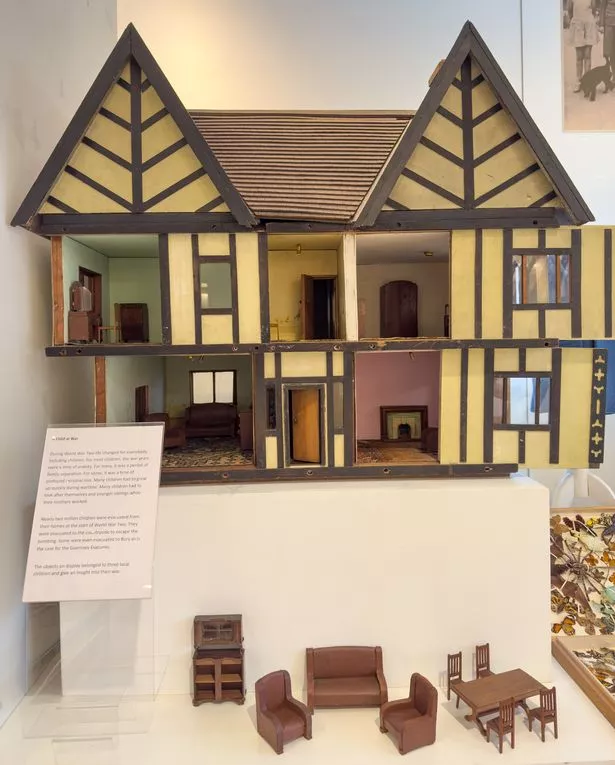 Jack’s doll’s house(Image: Bury Council/Family)
Jack’s doll’s house(Image: Bury Council/Family)
The doll’s house was sent back – and possibly occasionally brought back when Jack was on leave – to Radcliffe from RAF Manston in Kent and Ghent over the course of the conflict.
It’s not known how long the house took Jack to carve and create. But the doll’s house is now on display at Bury Art Museum and Sculpture Centre on Moss Street in the town, and will be until 2028.
Little is known about the family, or the exact details of the house, but the wonderful story has been revealed as the nation celebrates the 80th anniversary of VE Day on May 8.
Bury Council said Kathleen lived with her mum in Radcliffe when Jack was away at war. It’s understood he worked in the family’s laundry in Radcliffe before joining the RAF, where he rose to the rank of sergeant.
He was married to wife Florence – known as Florrie – and they had one child, Kathleen, who went on to have four children.
Jack, a keen photographer and gardener, survived the war and went on to work as a car mechanic and at a foundry. He sadly died in Whitefield in 1989.
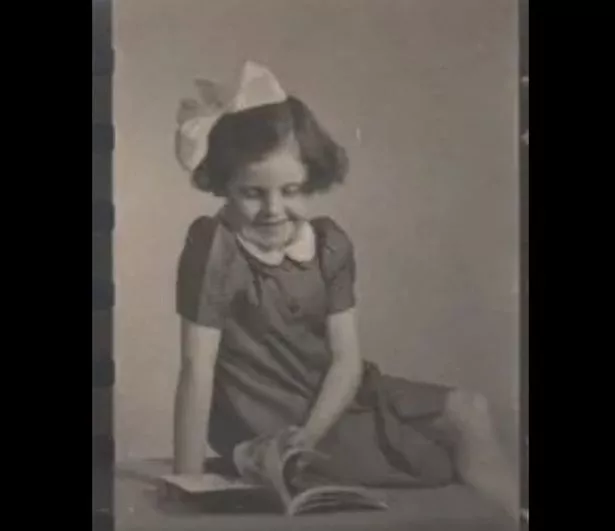 Jack’s daughter, Kathleen(Image: Bury Council/Family)
Jack’s daughter, Kathleen(Image: Bury Council/Family)
The council said: “He started to build the doll’s house whilst he was on active service. He was based at RAF Manston in Kent and later, after its liberation, in Ghent, Belgium. The doll’s house was sent back, and possibly occasionally brought back, to Radcliffe from RAF Manston and Ghent over the course of WWII, together with various items of furniture, all of which were made by Jack.”
There’s even wallpaper, which has been decorated with pictures of rabbits and gnomes, and tiny pieces of fabric representing carpet going up a tiny flight of stairs.
As part of the display – called ‘A Child’s War’ – the council also revealed letters sent to Kathleen by Jack during the war.
In them, he references doing ‘woodwork’ – and describes accidentally breaking pieces of the doll’s house because they are so thin. “I shall keep trying until I get them right,” he writes. “I hope to have them ready to bring home when I come home on leave.”
He also references VE Day and says he was in Germany at that point.
In a letter dated to Kathleen a day before VE Day, Jack writes: “By the time you get this letter, the war with Germany will be over and the bell will be ringing. You will be having a holiday from school and your mummy will also be at home.
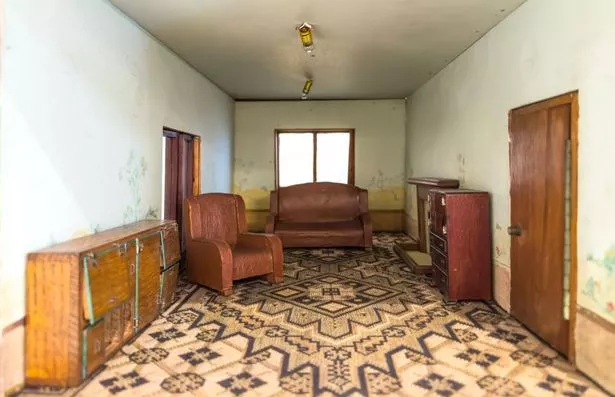 One of the rooms of the doll’s house(Image: Bury Council/Family)
One of the rooms of the doll’s house(Image: Bury Council/Family)
“You will know by this time that I am now in Germany, but I would rather be with you in Radcliffe. I shall not be able to come home for a few months yet. Even now, we have quite a lot of work to do.” He signs his letters simply: “Love Daddy.”
Also on display as part of the exhibition is a wooden box containing moths and insects.
It was made by Harry Gremson, a captain who served in the Medical Corps during the Second World War. In 1943, Harry was convalescing from a tropical disease in Ceylon and wanted to send his young son – back home in Sedgley Park, Prestwich – a present. It’s thought he collected the specimens at night using bright lights to attract them, said the council.
Councillor Charlotte Morris, Bury Council’s cabinet member for culture and the economy, said the doll’s house was proving to be a popular talking point at the museum.
She said: “This a wonderful exhibition, and I hope many people from Bury and beyond come to our art gallery to see it and learn about its fascinating story.
“It’s particularly timely and poignant as we approach VE Day, when so many of our forces personnel gave their lives to keep us free.”
